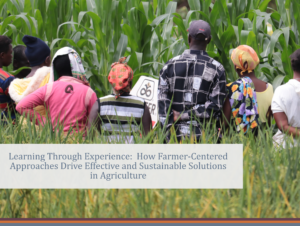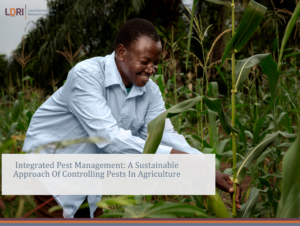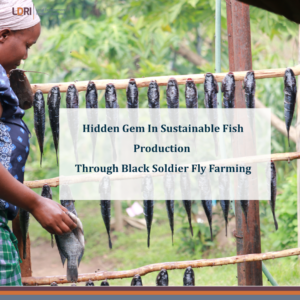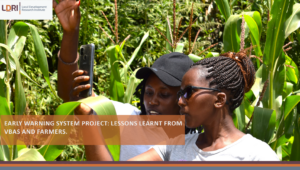![]()
Post-Harvest Handling of African Indigenous Vegetables.
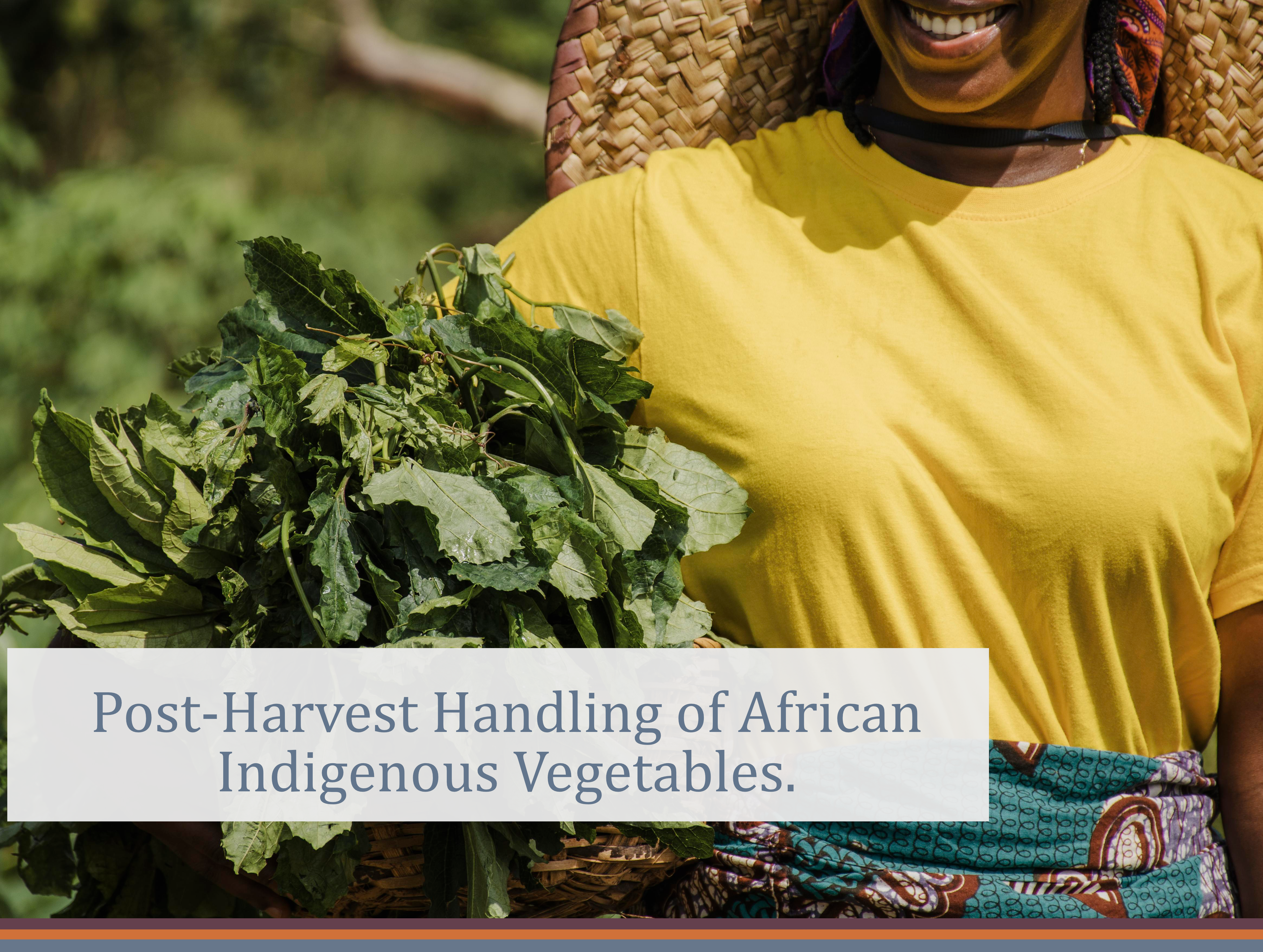
African Indigenous vegetables (AIVs) farming has been practiced for ages by our forefathers who passed the knowledge to younger generations. The principles of AIVs farming have remained relatively the same. However, in contemporary years, advancement in technology has resulted in the production of pest-resistant, high-yielding varieties that meet the dynamic tastes and preferences of consumers.
For years, AIVs farming was mostly done by women on small land plots, for household subsistence. However, more recently, consumers in urban areas have come to appreciate the nutritional value of AIVs, which has led to an increase in their production, with men also participating in this enterprise (Bokelmann et al., 2022). Kenya’s most commonly grown AIVs are African nightshade (Managu), cowpea (Kunde), spider plant (Saget), vegetable amaranth (Terere), jute mallow (Mrenda), and Ethiopian Kale (Kanzera) (Kebede and Bokelmann, 2017; Riziki, 2018). AIVs production is predominantly practiced in Western Kenya, particularly in Kakamega and Kisii counties. Other regions include Nakuru, Kiambu, and Kajiado counties (Kebede and Bokelmann, 2017).
The seasonality and perishability of AIVs have led to increased losses and wastage of harvested AIVs up to 50% (Henze et al., 2020). Most farmers trade fresh AIVs with limited knowledge of post-harvest handling practices. The forces of demand and supply in the market determine the prices of AIVs. Prices decline during the rainy season when the vegetables are in abundant supply and increase during the off-season when it’s dry weather. This affects the incomes of farmers, especially during the dry spells. Knowledge of post-harvest practices is vital to prolong the shelf-life of vegetables, increasing farmers’ incomes in the long run.
There are three main preservation methods for AIVs: Charcoal coolers, drying, and fermentation. The type of method to use depends on how long the vegetables need to be preserved. Since most farmers in rural areas do not have electricity, and if available it’s highly unreliable, owning a refrigerator for cold storage has not been an option for them. The preferred alternative is a charcoal cooler. This method can preserve fresh vegetables for a maximum of 5 days. The coolers are designed to lower the air temperature and increase the moisture in the cooler, thus maintaining cool temperatures conducive to vegetable preservation. The coolers come in different sizes and are customizable to farmers’ needs.
Drying is an ancient method that has been used for generations. The process of drying removes moisture from the vegetables while preserving the nutrient content. High amounts of moisture contribute to spoilage and decay. Traditionally, AIVs have always been dried directly in the sun, however, this led to the loss of nutrients in the process. A solar dryer is the best drying method. Smallholder farmers can construct a simple dryer made of poles, mesh, and polythene papers which will still do the job. Once harvested, vegetables are washed thoroughly to remove dirt, chopped into sizes suitable for cooking, and spread on the mesh inside the solar dryer. After three days, the vegetables will have completely dried (brittle and crushed easily). They are packed in sealed clean paper bags and can be stored for a year. During the dry season, farmers soak the dried vegetables in water for a couple of hours and cook. The drying method is also a form of value addition where smallholder farmers can later sell at higher prices to consumers when vegetables are scarce in the market and, earn an income.
Lastly, fermentation is a simple process where fresh vegetables in a brine solution are put in an airtight container and fermented for five days. The lactic acid-producing bacteria in this method prevent the growth of harmful food pathogens. After fermentation, the vegetables can be stored for up to a year without loss of nutrient content. Farmers can create a niche market for consumers who prefer fermented vegetables, increasing their incomes.
There is a need to build the capacity of farmers on post-harvest preservation methods of African Indigenous Vegetables to equip them with the necessary skills that will ensure they are food secure, especially during the drought seasons. Furthermore, the value addition of vegetables through drying allows the farmers to charge a premium price, creating an avenue for increasing their household incomes. With these AIVs post-harvest handling methods, smallholder farmers will not only be food and nutrition-secure but earn a decent income.
REFERENCES
Bokelmann, W., Huyskens-Keil, S., Ferenczi, Z. and Stöber, S. (2022). The role of indigenous vegetables to improve food and nutrition security: Experiences from the project HORTINLEA in Kenya (2014–2018). Frontiers in Sustainable Food Systems 6: 1–19. https://doi.org/10.3389/fsufs.2022.806420
Henze, J., Abukutsa-Onyango, M. and Opiyo, A. (2020). Production and Marketing of African Indigenous Leafy Vegetables. Training Manual for Extension Officers and Practitioners (C, Aspinall, Ed.). Humboldt-Universität zu Berlin, Seminar für Ländliche Entwicklung (SLE).
Kebede, SW and Bokelmann, W. (2017). African indigenous vegetables and their production practices: Evidence from the HORTINLEA survey in Kenya. Agrotechnology 6(170):2. https://www.walshmedicalmedia.com/open-access/african-indigenous-vegetables-and-their-production-practices-evidence-from-the-hortinlea-survey-in-kenya-2168-9881-1000170.pdf
Riziki M. J. (2018). Price transmission and integration of African indigenous vegetables markets: The case of Narok and Kajiado counties, Kenya. Doctoral dissertation. https://ttu-ir.tdl.org/bitstreams/db81ef9f-c4b6-48a9-8b7b-6c1ac40d275b/download

